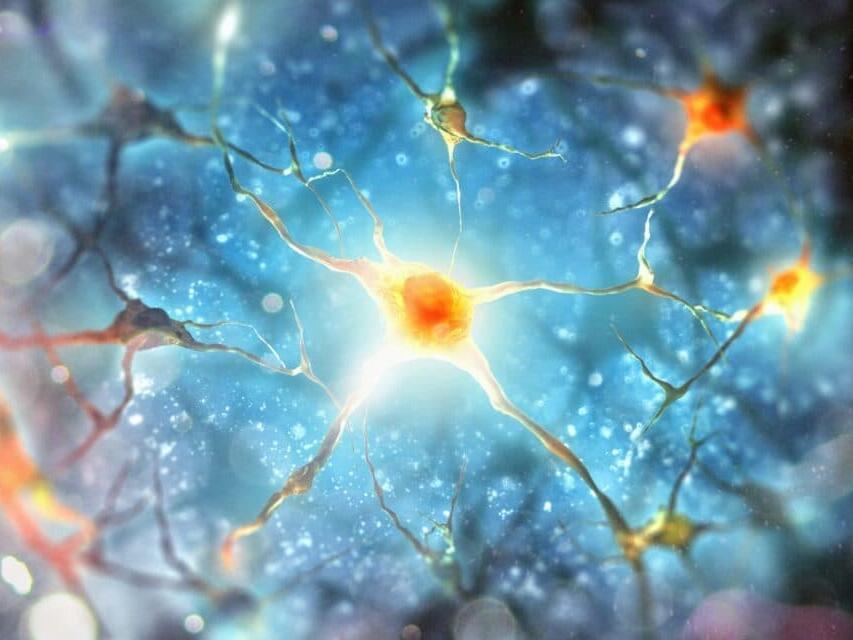May help explain why we see so many of these monsters colliding.



Check out the math & physics courses that I mentioned (many of which are free!) and support this channel by going to https://brilliant.org/Sabine/ where you can create your Brilliant account. The first 200 will get 20% off the annual premium subscription. In the diagram at 4 minutes 30 seconds, the labels for h_1 and h_2 are mixed up. Sorry about that! Subscribe to my weekly science newsletter: https://sabinehossenfelder.com/ Everything I am talking about here is standard material of undergrad physics textbooks. My personal favorite is good old Goldstein https://en.wikipedia.org/wiki/Classic… On variational principles more specifically I quite like this textbook: https://link.springer.com/book/10.100… You can support me on Patreon: / sabine 0:00 Intro 0:45 Optimization 1:35 Shortest Path 3:20 Least Time 5:36 Least Action 10:27 Quantum Mechanics 11:53 Sponsor Message.






I found this on NewsBreak: Scientists finally make ‘goldene’, potentially breakthrough new material.
Researchers have managed to create “goldene”, an incredibly thin version of gold.
The work follows the successful production of graphene, which is made out of a single layer graphite atoms. That has been hailed as a miracle material: it is astonishingly strong, and much better at conducting heat and electricity than copper.
Goldene is built on the same principle, with researchers spreading out gold so it is just one atom layer thick. And, similar to graphene, scientists say that the process gives it a variety of new properties that could lead to major breakthroughs.
